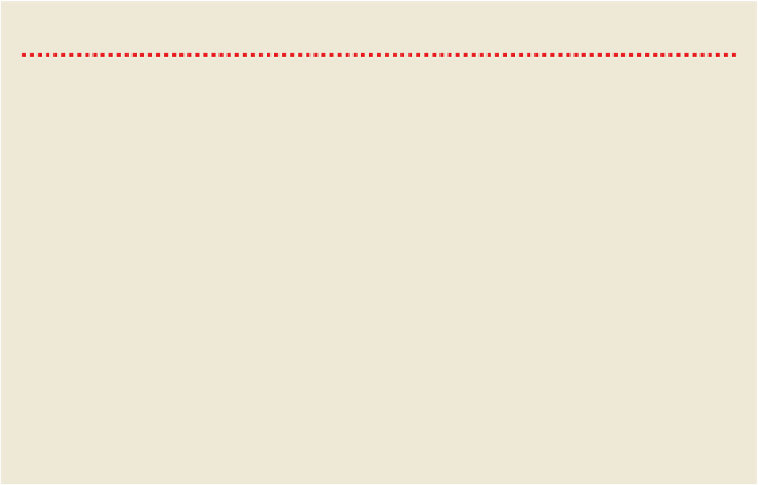Travel Reference
In-Depth Information
lining inside a sober grey suit sleeve. Attention to such details earns you instant admira-
tion in Italy - and an admission that, sometimes, non-Italians do have style.
MUSIC FOR THE MASSES
Most of the music you'll hear booming out of Italian cafes to inspire sidewalk singalongs is Italian
musica leggera
(popular music); a term covering home-grown rock, jazz, folk, hip hop and pop bal-
lads. The scene's annual highlight is the San Remo Music Festival (televised on RAI1), a Eurovision-
style song comp responsible for launching the careers of chart-topping contemporary acts like Eros
Ramazzotti, Giorgia, Laura Pausini and, more recently, singer-songwriter Marco Mengoni. In 2013,
Mengoni won San Remo for his ballad
L'essenziale
, using the same song later that year to represent
Italy at Eurovision.
In the early 1960s, San Remo helped launch the career of living music legend, Mina Mazzini.
Famed for her powerful, three-octave voice and a musical versatility spanning pop, soul, blues, R&B
and swing, the songstress dominated the charts throughout the 1960s and 1970s, her emancipated im-
age and frank tunes about love and sex ruffling a few bourgeois feathers. Equally controversial was
the late Fabrizio de André, an Italian Bob Dylan celebrated for his poetic lyrics, musing monotone and
cutting criticism of religious hypocrisy.
Still-active singer-songwriter Vinicio Capossela sounds like the long-lost Italian cousin of Tom
Waits, while internationally renowned Pino Daniele is best known for fusing Neapolitan music with
blues and world music influences. Naples' distinct culture shines through in the work of hip-hop outfit
La Famiglia and ska band Bisca, known for mixing Italian sounds over heavy beats and Neapolitan
dialect. Fusion is also the word further south in Puglia, where artists like Sud Sound System remix Ja-
maican dancehall and Italy's hyperactive tarantella folk music into an offspring genre: 'tarantamuffin'.
Calcio (Football): Italy's Other Religion
Catholicism may be your official faith, but as an Italian your true religion is likely to be
calcio
(football). On any given weekend from September to May, chances are that you
and your fellow
tifosi
(football fans) are at the
stadio
(stadium), glued to the TV, or check-
ing the score on your mobile phone. Come Monday, you'll be dissecting the match by the
office water cooler.
Like politics and fashion, football is in the very DNA of Italian culture. Indeed, they
sometimes even converge. Silvio Berlusconi first found fame as the owner of AC Milan
and cleverly named his political party after a well-worn football chant. Fashion royalty
Dolce & Gabbana declared football players 'the new male icons', using five of Italy's hot-
test on-field stars to launch its 2010 underwear collection. Decades earlier, '60s singer
Rita Pavone topped the charts with
La partita di pallone
(The Football Match), in which
the frustrated pop princess sings '
Perchè, perchè la domenica mi lasci sempre sola per

